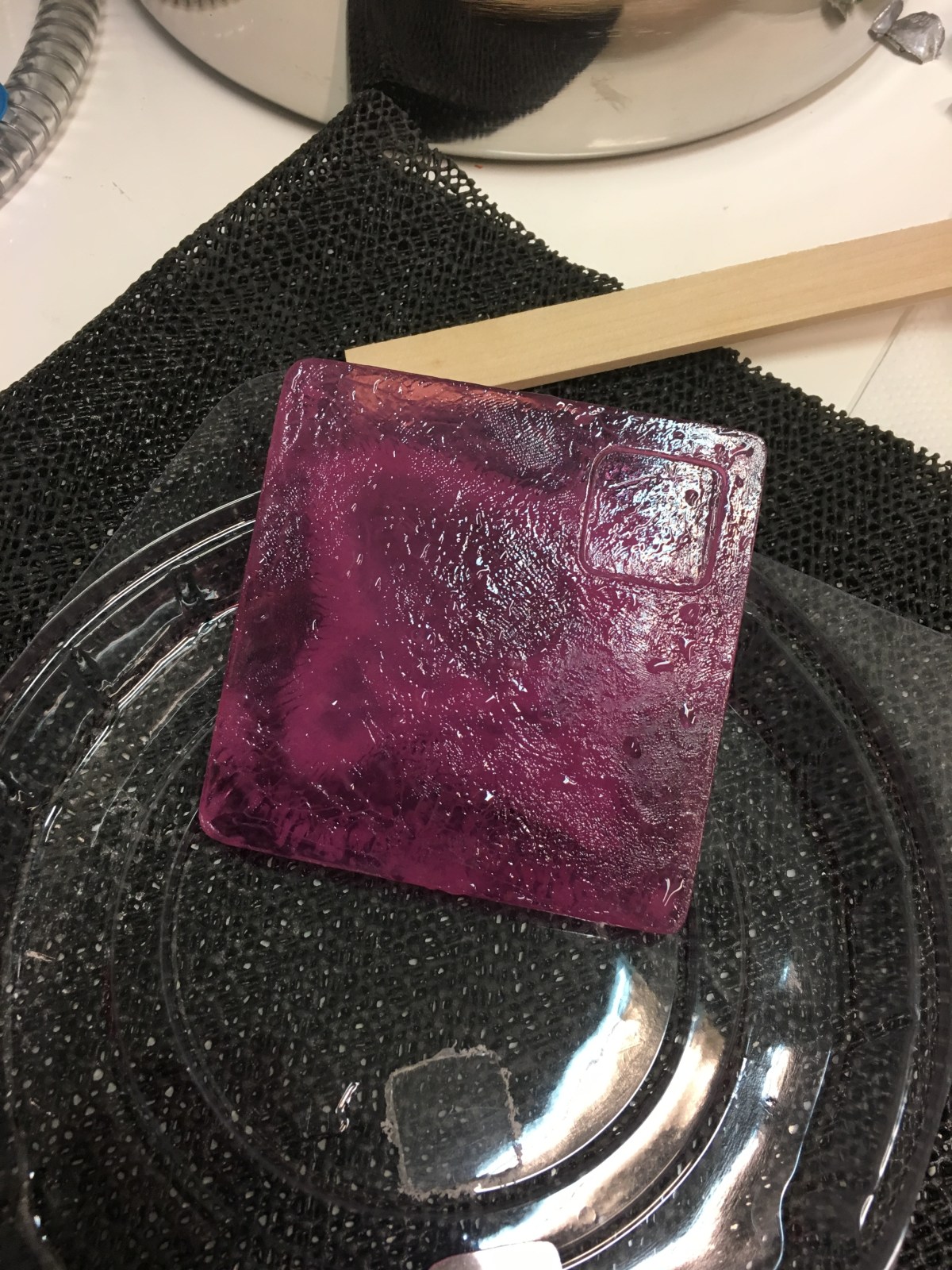I wanted to have some more positive news for you before I posted again but it looks like that’s going to come a little later than I hoped. Remember the pink plastic coaster thingy I said I was making?
![IMG_2229[1]](https://heythisismyjob.com/wp-content/uploads/2017/12/img_22291-e1512719051664.jpg?w=840)
Yeaaah, it’s not supposed to look like that. The darned thing just didn’t cure properly. I’ve been doing more research and realised that my workshop is too cold for curing Alumilite in small quantities like this. (It’s only about 4-5mm thick.)
The plaster jacket I made to hold the silicone mould nice and flat is unfortunately sucking the heat out of the material because gypsum is a substance with very low thermal conductivity. What does that mumbo-jumbo mean? Well it’s cold. And it stays cold. (There’s more to it than that but the coldness is the important bit to this project.)
![IMG_2231[1]](https://heythisismyjob.com/wp-content/uploads/2017/12/img_22311.jpg?w=840)
It ended up sticky and not fully hardened. You can probably see my fingerprints all over it. That’s not good.
So, yesterday I ran an experiment with my mini-oven at work, heating up the resin and holding it at 50 degrees Celsius while it cured. I couldn’t stay for the last hour of its curing because it was my wife’s birthday and I had to go spoil her properly. But before I left, I noticed a few tiny bubbles that should not have been there and it looked like it was separating from the mould in a few places. Not good! But I didn’t see any cloudiness that would indicate it didn’t cure all the way through. If there’s still no clouding when I get to the workshop today, that means we’ve made some progress!
So, why are small things harder to cast with Alumilite than large things? Well, when you mix part A and part B together, the resin has a chemical reaction that causes it to harden. This chemical reaction is exothermic (it gives off heat). If the piece I’m casting is large enough, I don’t have to worry about the mould being chilly. The resin will heat it up nicely for me.
While I’d love to simply go ahead and cast the Clariel patiently waiting for me in its box, and I think it will do fine with its own heat, a sword is a LOT bigger than a wee coffee coaster and will eat up more of the resin. If I should mess up on a sword casting, that would be a very expensive mistake! This is why I’m doing something small first so I can understand how this material works and get a feel for it before I tackle the seraph blade.
Wish me luck guys!


